DETROIT — The massive pipe organ that underscored silent film dramas and comedies with live music at Detroit’s ornate Hollywood Theater nearly a century ago has been dismantled into thousands of pieces and put away.
The Barton Opus, built in 1927, spent four decades stored in garages, attics and basements in suburban Detroit. But the towering musical curiosity is being lovingly restored in Indianapolis and will eventually be brought, piece by piece, to the Rochester Institute of Technology in western New York, to be reassembled and rehoused in a theater designed specifically to accommodate it.
In its heyday, the Barton Opus was able to recreate the sounds of many instruments, including strings, flutes and tubas, said Carlton Smith, who has been restoring the organ since 2020. It also contains real percussion instruments such as a piano, xylophone, glockenspiel, cymbals and drums and can produce sound effects include steamboats and bird whistles, Smith said.
For many moviegoers, the organ — and the organist — are the stars.
“One man can do it all,” Smith said. “In big cities, they literally fill thousands of seats in cinemas several times during the day. They show live shows along with movies.
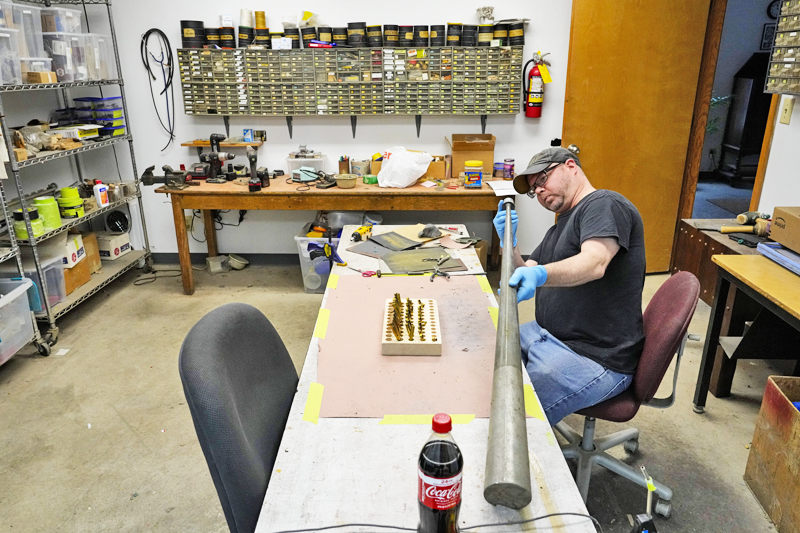
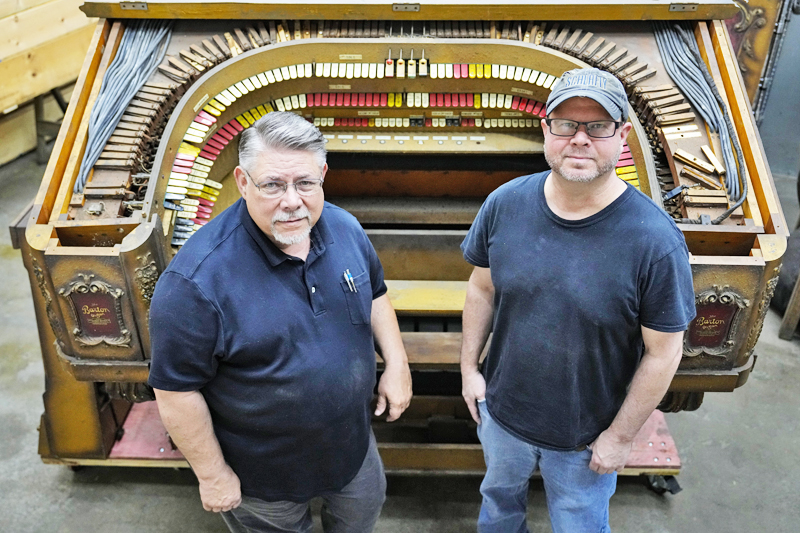
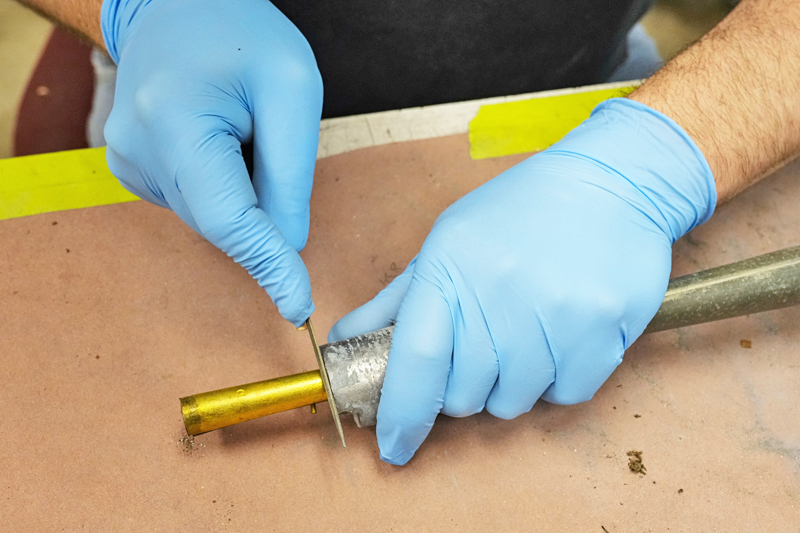
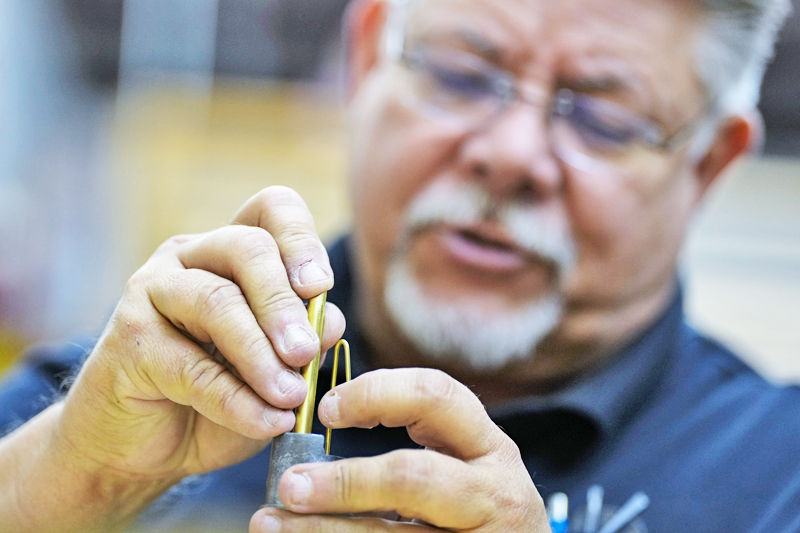
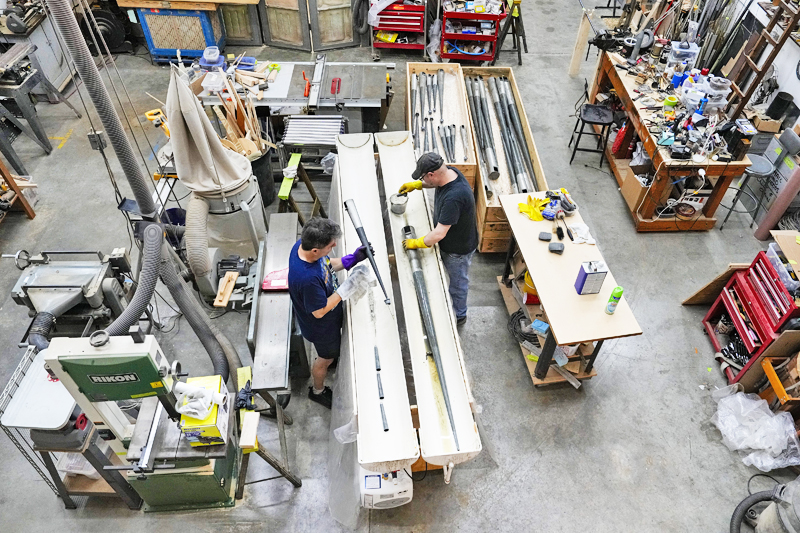
It is a big production,” he said.
The Barton Opus enjoys good acoustics at the Hollywood Theatre, according to the Detroit Theater Organ Association. Theaters in Detroit at that time, the heyday of the city’s auto industry, were as glamorous as any in New York, Chicago, Los Angeles and San Francisco, according to John Lauter, an organist and organ technician.
“We’re such a rich market for moviegoers that theater owners build these wonderful places,” Lauter said. “There were no Jane movie houses at the time.”
Lauter, who is also director of the Detroit Theater Organ Association and president of the Motor City Theater Organ Association, said the Hollywood Theater organ is one of the largest made by Bartola Musical Instrument Co. in Oshkosh, Wisconsin. Only three were sold, while the other two were installed at the Highland Theater in Chicago and the Rialto Square Theater in Joliet, Illinois.
Of the three, this is “the last one left that hasn’t been changed,” Smith said.
In the following decades, televisions began to appear in living rooms across the country and silent movie houses fell out of favor. The Hollywood Theater closed in the 1950s, its fixtures were sold and the famous Barton Opus was on the brink of being lost to history.
But in the early 1960s, Lauter’s friend, Henry Przybylski, bought it at an auction for about US$3,500. Przybylski rushed to remove the huge contraption, some of which stood two stories high, before the theater was demolished.
“He got all his friends together in the winter of 1963,” Lauter said. “The building has no electricity and no heat. It comes with a Coleman lantern and hauling tools,” he added.
They took the organ apart and Przybylski — an engineer and organ enthusiast — transported thousands of the pieces back to his home in Dearborn Heights where they would remain, unassembled, for about 40 years.
“He had never heard or played the instrument,” Lauter said. “He lived most of his life owning that thing. He would raise the garage door and there would be the console there. He told that it was the best,” he said.
Przybylski died in 2000, but that did not end the Barton Opus adventure.
Steven Ball, a professional organist who teaches at the University of Michigan Organ Department, asked Przbylski’s widow in 2003 if the pipe organ was for sale.
“I prepared every last bit of cash I could,” Ball said.
But he also put the pipe organ straight into storage.
“This whole project is to keep this organ safe, until I can find an institution to restore it to its original state,” said Ball, adding that he had always hoped the Barton Opus would end up in a theater that mirrored its original home.
In 2019, Rochester Institute of Technology President David C Munson contacted Ball, whom he had known since Munson served as dean of engineering at the University of Michigan several years earlier.
“I called Steven and asked where we could get the best theater organ,” Munson said. “Steven said, ‘Well that’s going to be mine,'” he said.
Ball will donate his Barton Opus to the school, where it will be the focus of a new performing arts centre. The theater that will house the organ is expected to open in January 2026. Restoration work on the organ is about two-thirds complete, according to Smith.
“The theater was designed to accommodate this organ precisely,” Munson said, adding that the architect, Michael Maltzan, “designed the pipe room to have the same dimensions as in the Hollywood Theatre. We have all the original plans for the organ and how the pipes were laid out.”
The exact cost of the work has yet to be determined, Munson said, adding, “It’s an investment we’re making, but I think the payoff will be incredible.” – AP

